An Analysis of Data Availability by GDP and Country Population Size
The role of economic and demographic factors on dietary data availability across the world: an analysis from the Global Dietary Database 2018.
By: Siri Jangam
Abstract
Introduction: Dietary data collection is necessary for capturing detailed latitudinal and longitudinal nutrition information at the population level. However, dietary data is heterogeneous across the world, and some populations are completely unrepresented in accessible dietary data. The absence of available dietary data from any one country may be due to numerous factors, often related to the availability of research resources. This paper aims to evaluate the possible relationship between economic status, country population, and availability of dietary intake data for countries worldwide.
Methods: A list of available individual-level dietary surveys was obtained from the Global Dietary Database 2018, from which UN Officially Recognized Countries were marked as present or absent. This list was then merged with values for 2018 PPP-adjusted GDP data obtained from the World Bank and population data from the United Nations Population Division. T-tests were conducted to determine the statistical relationship between data availability, GDP, and population size.
Results: Countries with available dietary data were significantly wealthier and had larger populations than those without dietary data.
Discussion: Results demonstrate the connection between a country’s economic status and population with the availability of dietary data. These results highlight the need for high-resource countries or global organizations to come to the aid of smaller countries (both in population and income) to obtain dietary data for otherwise ignored populations.
